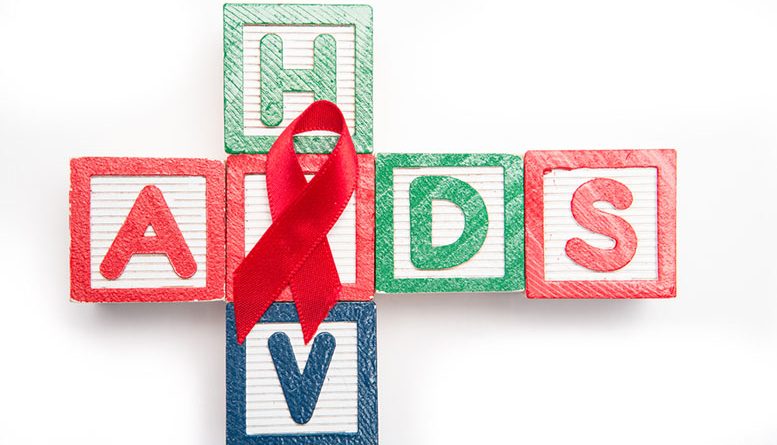The cause of HIV is a virus known as the human immunodeficiency virus. This virus can be transmitted via sexual activity, infected blood, or mother-to-child in pregnancy as well as during birth as while breastfeeding.
How Does HIV Turn Into AIDS?
It is important to understand that HIV and AIDS are not the same things; HIV progresses to AIDS over an extended period of time without antiretroviral therapy. How this happens is the virus kills the cells known as CD4 T, which are white blood cells responsible for repelling pathogens and preventing infections. In other words, the lower your CD4 T cell count is, the higher the risk of infections and diseases due to a weakened immune system.
The reality is that one can be HIV-positive for years on end without it progressing to AIDS. AIDS can be diagnosed upon a patient’s CD4 T cell count going under 200 or the event of an AIDS-specific complication.
HIV Transmission
To contract HIV, a type of infected bodily fluid such as blood, semen, or vaginal discharge needs to penetrate your bloodstream, which can occur in a number of ways:
Sexual Activity: Transmission is possible through vaginal, anal, or oral sex with an HIV-positive partner if their semen, blood, or vaginal discharge makes its way into your body, which can happen via open sores or tears in the genitals.
Blood Transfers: There have been cases where people contracted the virus via unscreened blood transfusions in the past. However, this is now a low risk as all hospitals and blood donation centers in developed nations diligently screen donations for HIV today.
Sharing Hypodermics: Sharing infected intravenous drug equipment such as needles increases the risk of HIV transmission as well as some other infections like hepatitis.
Pregnancy/Birth/Breastfeeding: Women who are HIV-positive can transmit the virus to their infants during pregnancy, birth, and while nursing. However, mothers with HIV who are on treatment while pregnant have a much lower risk of passing the virus onto their babies.
How You Cannot Contract HIV
HIV does not spread through regular physical contact, meaning one cannot get HIV by shaking hands, hugging, or kissing someone who is HIV-positive. HIV also cannot be transmitted via water, air, or insect bites.
Understanding Your Risks
When HIV/AIDS first emerged in the United States, it mostly spread among gay men, but it has been made abundantly clear since then that heterosexual individuals can also contract HIV.
People of all ages, genders, ethnic backgrounds, and sexual orientations are at a risk of contracting the virus. However, your risk of transmission is much higher if:
– You engage in sexual activities without protection. It is vital to use a new condom each time you have intercourse. Anal sex poses a higher risk than vaginal intercourse, and having numerous sexual partners increases the risk of HIV.
– You have a sexually transmitted disease as most STDs are known to result in open sores in the genitals, which makes the transmission of HIV much easier.
– You are an intravenous drug user who shares equipment, particularly needles. Sharing needles put you at risk of making contact with other people’s blood, which may be infected.
– You are uncircumcised as a host of studies show that not being circumcised puts heterosexual men at a higher risk of HIV.
How You Can Prevent HIV
While there is no vaccination for HIV prevention, and HIV/AIDS is incurable, there are safety measures one can take to make sure to prevent getting infected with the virus.
– Always having protected sex and using a new condom during every encounter.
– Consulting your doctor about the new drug PrEP which, while not 100% effective, significantly lowers the risk of transmission.
– Be honest about your HIV status to prevent the spread of the virus
– Avoid sharing needles with others, and if you must do intravenous drugs, use a new needle every time.
– If you are HIV-positive and pregnant, consult a physician to go on treatment to lower your risk of passing the virus onto your baby.
– Think about circumcision as so much research suggests that it can lower the risk of HIV transmission among men.
Featured Image: Depositphotos/© Wavebreakmedia
Posted on March 24, 2023



